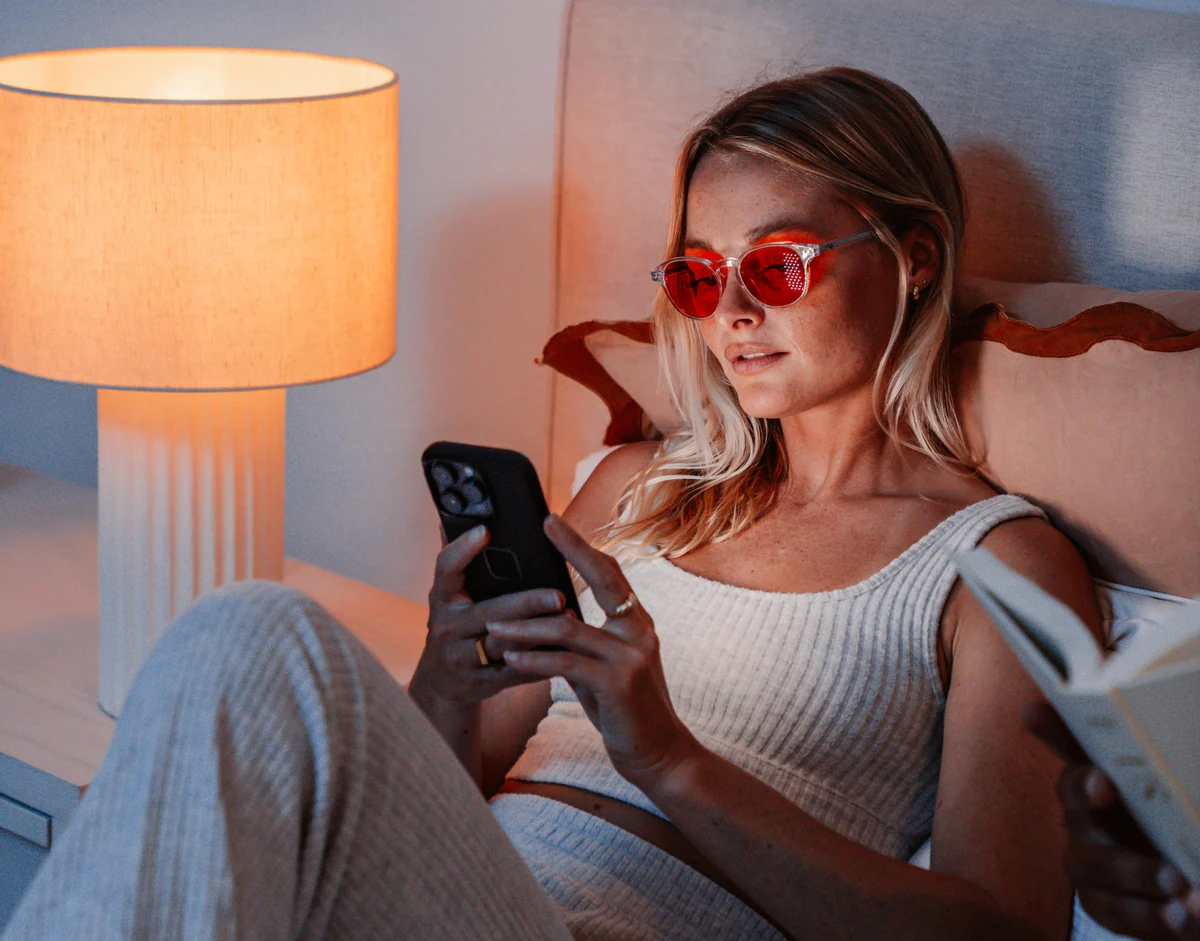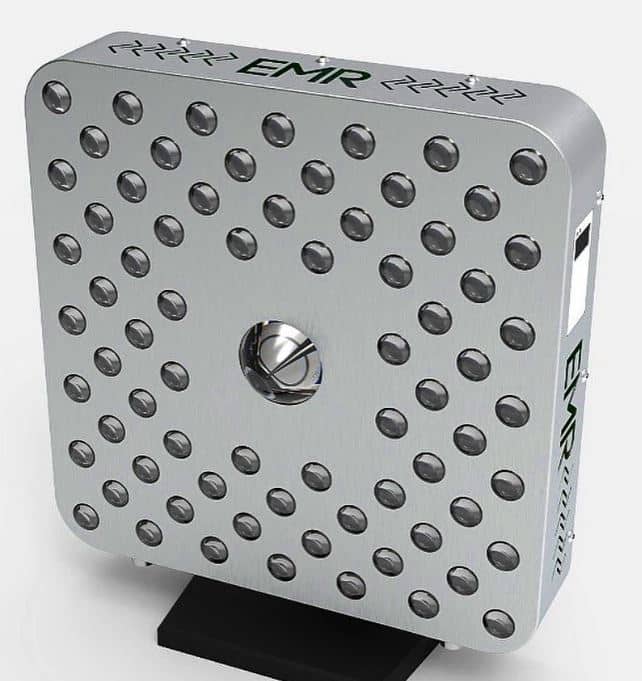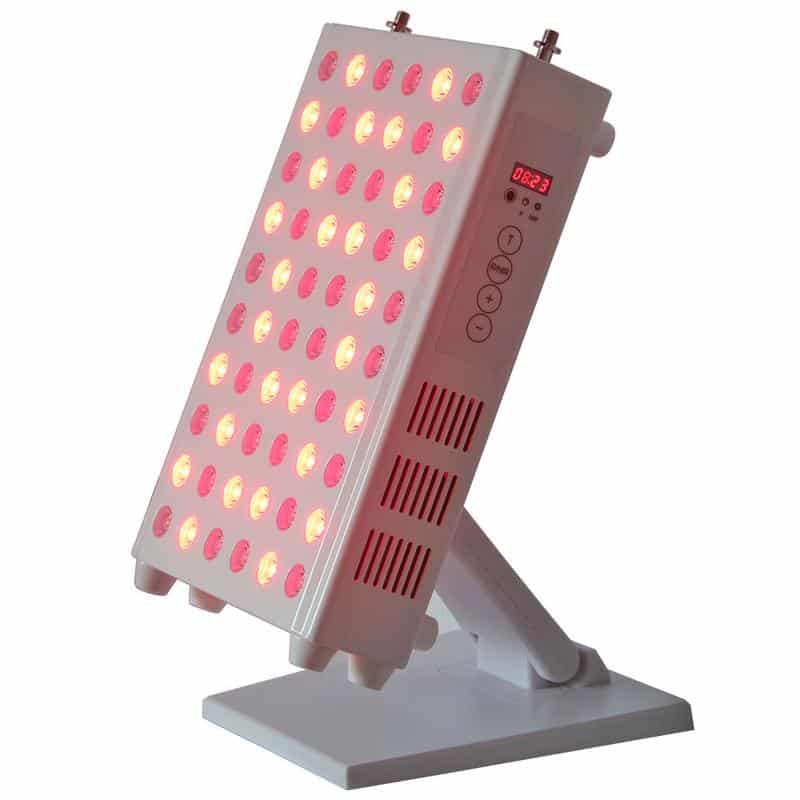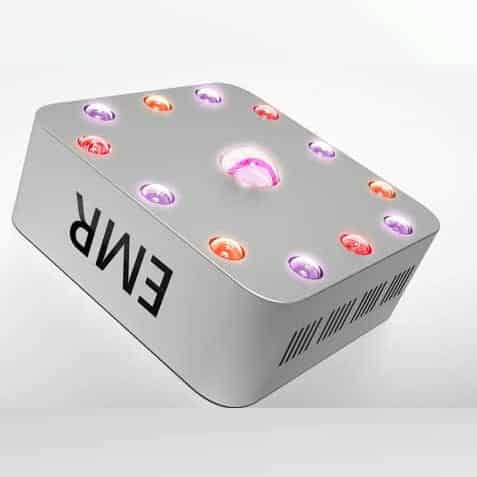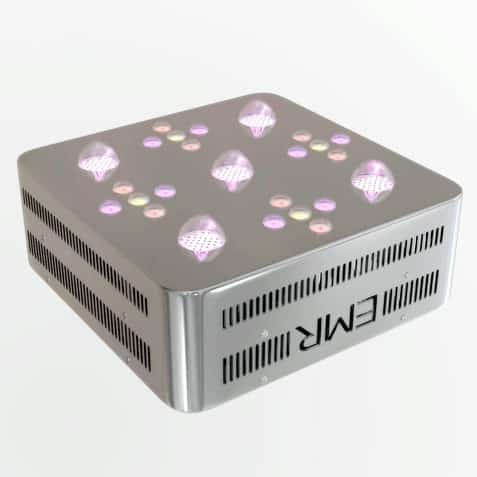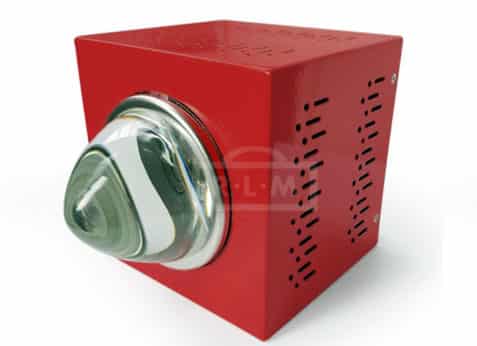
Introduction
I have never been a deep sleeper, but have always seemed to sleep well enough. I have always been able to fall asleep easily but would occasionally either have difficulty sleeping through the night or sleeping rather lightly.
That is until a couple of years ago, when I had my first (and hopefully last) bout with straight-up insomnia. It was, in a word, rough. I wouldn’t wish insomnia on my worst enemy. Anyone that has ever struggled with it would surely testify that not sleeping is the worst. It really messes with your brain, your wellbeing and ultimately your happiness.
At first I relied on sleep meds from my doctor, which helped a lot and were a Godsend at the time. I relied on them longer than one is supposed to but I didn’t feel I had any other choice at the time. I simply couldn’t fall asleep! Even with the meds I would wake up in the middle of the night but it was at least something. I knew meds couldn’t be a long term solution so eventually, with the help of my doctor, I began weaning myself off the sleeping aids and looking for other answers.
It was around this time that I began to learn about the effects of light on our health and of something called the circadian rhythm.
Circadian Rhythm
All organisms apparently operate on a 24-hour rhythm. This 24-hour rhythm governs critical functions such as heart rate, digestion, blood pressure, body temperature, hormone levels, metabolism, sleep cycles, sleep patterns, and even behavior. I had never considered that light played a part in our overall health, let alone such a vital one. This was part of what kick-started my journey into red light therapy, although that came a little later.
According to an article on Wired, “The molecular mechanisms behind sleep and wakefulness, and their ties to light exposure, helped establish the backbone of 21st century sleep science. People now know that when you change the timing of that exposure—by, say, traveling to a new time zone or blasting yourself with blue light in a pre-bedtime Netflix binge—you mess with your biological clock. You feel groggy when you should feel awake, and vice versa.”
If you want to pursue the medical research behind this fascinating, natural cycle of ours, you can find lots of published medical research on the National Institute of General Medical Science’s website.
The increased research on it was no doubt boosted when three American scientists named Jeffrey C. Hall, Michael Rosbash, and Michael W. Young were awarded the 2017 Nobel Prize in Physiology or Medicine for their research and findings regarding the molecular mechanisms that control circadian rhythms.
Circadian Rhythm, Blue Light and Sleep
The Cleveland Clinic defines several circadian rhythm related sleep disorders including delayed sleep phase disorder, jet lag, shift work disorder, irregular sleep-wake rhythm and non-24-hour sleep-wake syndrome.
As I began to learn about this and the effect that light has on our health, and sleep, it led me to learning about blue light. I had heard that blue light late at night messes with our body’s natural sleep signals and that wearing blue and blue-green blocking glasses could help. Thankfully there is a lot of published medical research on this topic so I dove right in. It gave me lots to read about as I wasn’t sleeping anyways!
Dr. Mikhail “Mike” Varshavski D.O., who practices family medicine in NYC, says that “Bright evening light 2 hours before bedtime will shift the time for sleep later, so you will tend to get sleepy and fall asleep later in the evening and will wake up later in the morning. Blue light actually suppresses melatonin, the hormone released in our brains to help us fall asleep and stay asleep at night. If you’re exposing yourself to blue light at night, it can make you less sleepy.”
His advice for mitigating these effects on sleep patterns is to have minimal screen-time for 2 hours before bed. He, like many others these days, also suggests blue light blocking glasses if you have to use a screen past sunset. I adopted this practice and found that some glasses helped more than others. You can find the sleep-aid glasses I found to help the most here.
My Daily Routine for a Good Night’s Rest
I personally don’t think there is a one size fits all solution for everyone. It’s up to each of us to figure out what works for us so I would suggest you experiment with what works for you.
As someone who works primarily in front of screens, here are the daily practices that work best for me.
- I go outside and look up in the sky (not directly at the sun) for 5 to 10 minutes. No screens or devices till after I do this
- Some light exercise to gently let my body know I’m awake and start producing seratonin
- Next I do my red light therapy routine
- Blue blockers on after 2pm
- Spend as much time as possible outdoors in natural light
- Watch the sunset
- After sunset blue-green glasses go on
- Yoga Nidra before bed
Following this routine religiously, and with a little help from melatonin along the way, I was able to become a good sleeper again. I now know what they mean when they say that a good night’s sleep begins during the day!
Thanks for reading and wishing you a good night’s rest!




